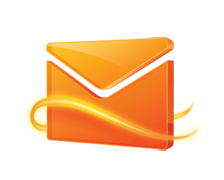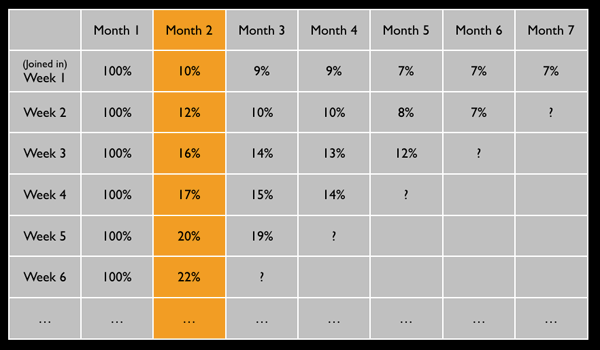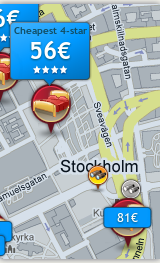 Number 1 tip on how to get your emails delivered to inbox: don’t allow the recipients to have Hotmail accounts!
Number 1 tip on how to get your emails delivered to inbox: don’t allow the recipients to have Hotmail accounts!
I’m helping out a service that sends out quite a lot of emails. In this case the list size is +150k double opt-in subscribers. Since Feb 2012 we’ve been getting questions from Hotmail users wondering why they are not receiving our emails anymore. It turns out that Hotmail is silently dropping much more emails than any other big email provider.
Many times the easiest & quickest fix is to ask the recipient to add our sender in their addressbook and mark the sender as “trusted“. But in some cases even this didn’t work. We dug deeper and realized that these people – who are asking us about the undelivered emails – have accidentally marked us as junk mail sender. Ok, accidents happen. But what about these stats: 99% of all our spam reports come from Hotmail users. And guess what? The remaining 1% comes from Windows Live and MSN accounts.
While there are not that many spam reports, to me this seems like a serious usability problem in Hotmail. Hotmail users are not receiving the emails they want. In addition, our reputation as a sender takes a tiny hit every time someone claims our email as spam, accident or not. #Fail.
The irony is that Hotmail is boasting about their success in preventing spam. Seems like the fine folks at Hotmail have worked so hard to be the #1 in spam filtering that they are throwing away loads of valid emails. While journalists are excited, the users are not so happy.
Hotmail says: “Complaints related to spam, including phishing, junk and malware, have dropped by over 40% over the past year.” The flipside in our case is that the complaints related to undelivered email to Hotmail users have increased by over 400%.
Dear Hotmail, you may be preventing spam efficiently but looks like your users are not enjoying the ride anymore.
 Google’s new privacy policy kicks in on March 1st. According to their
Google’s new privacy policy kicks in on March 1st. According to their  I’ve become a fan of
I’ve become a fan of 




